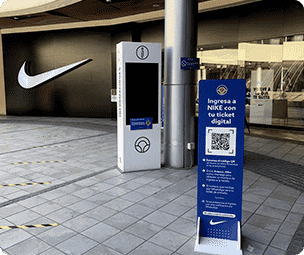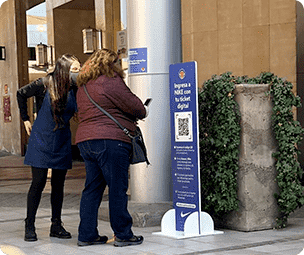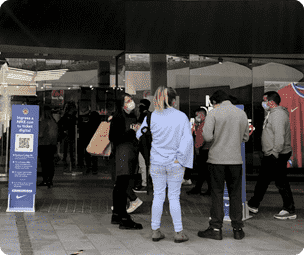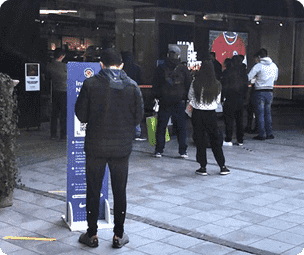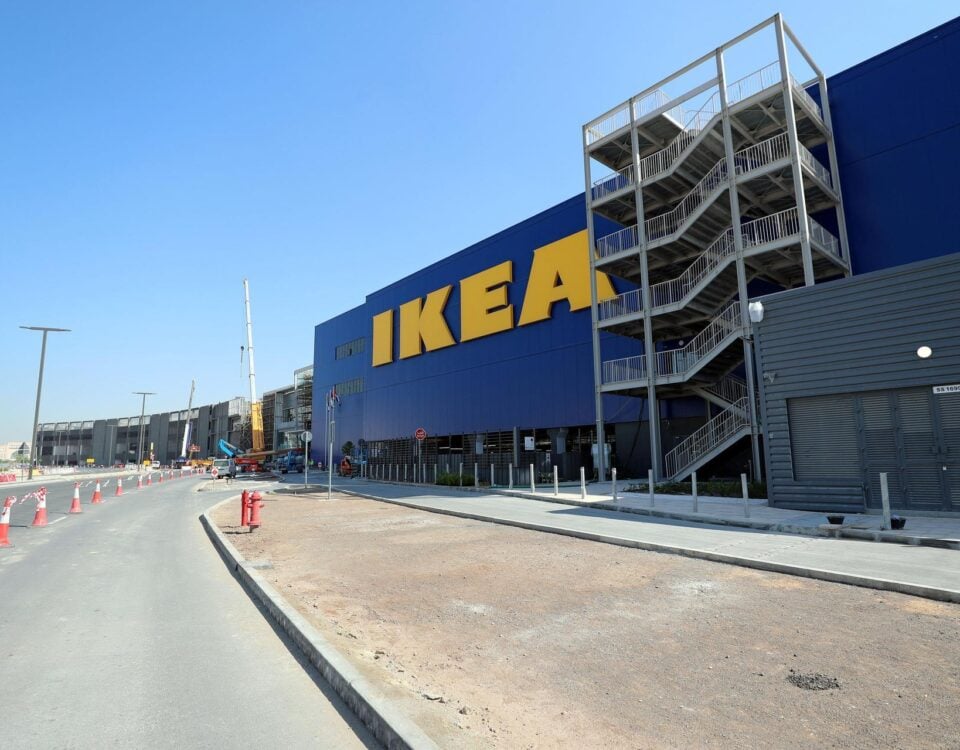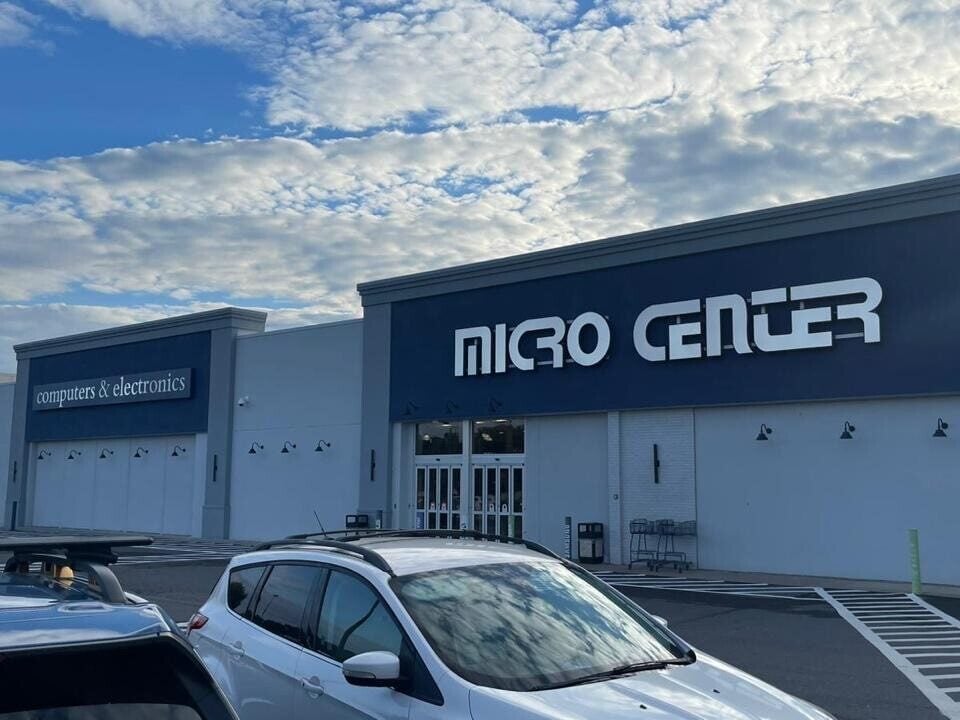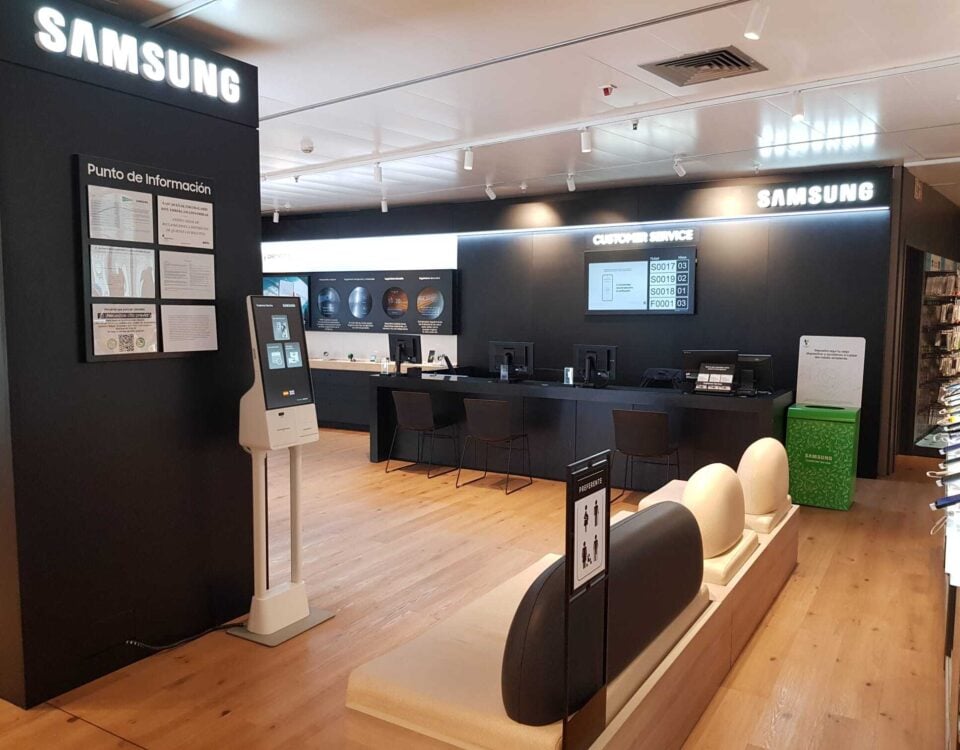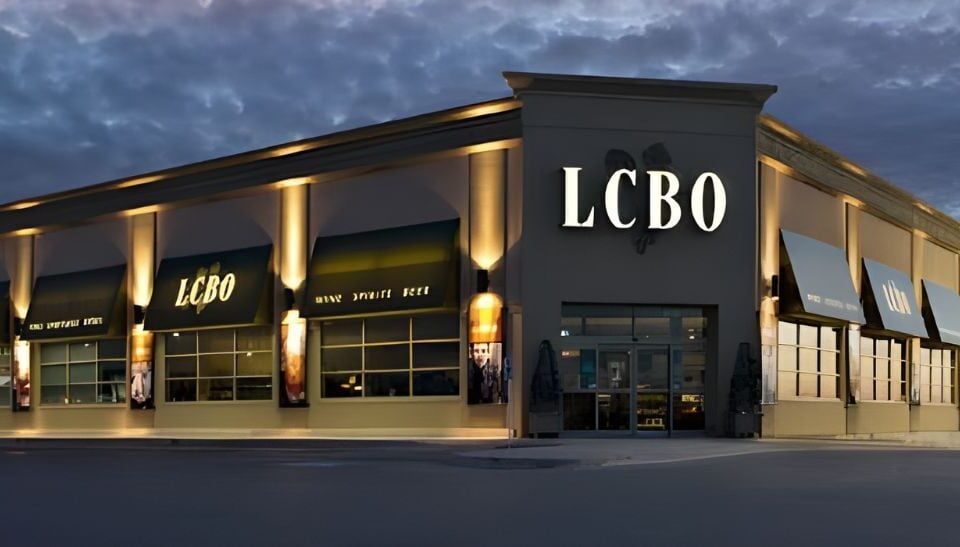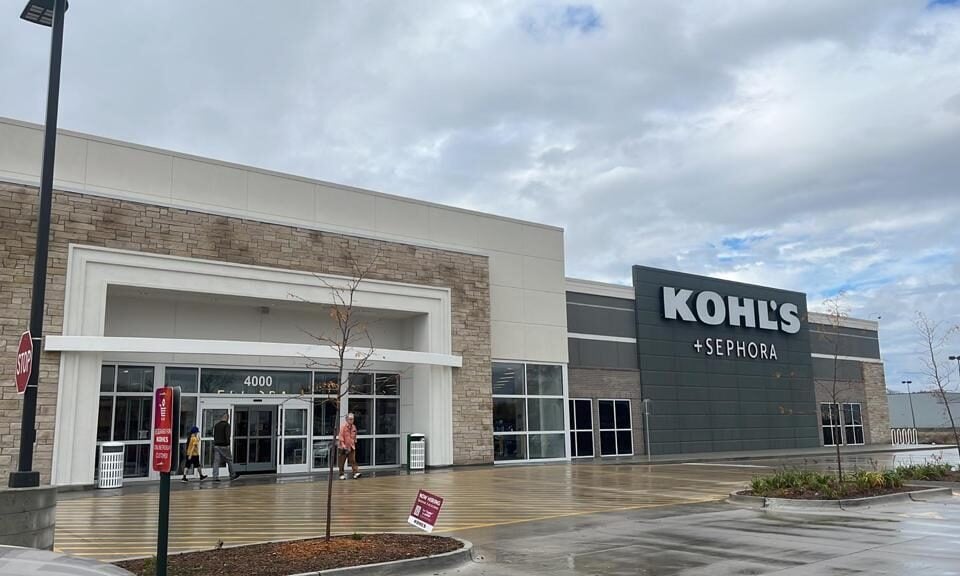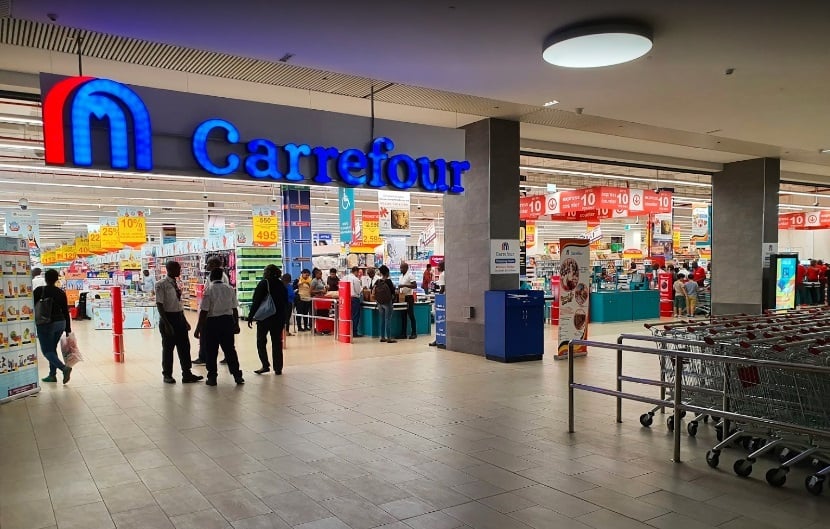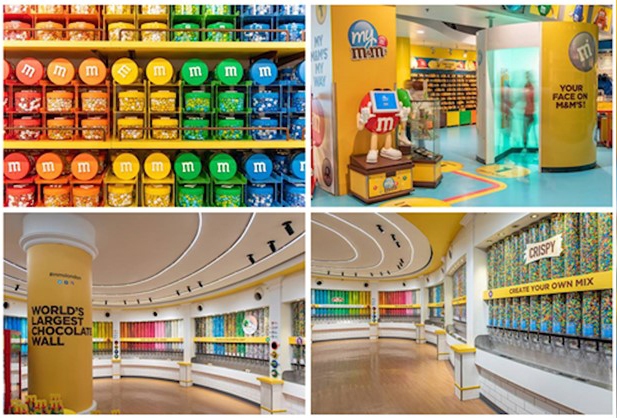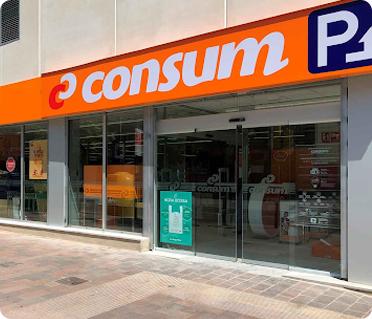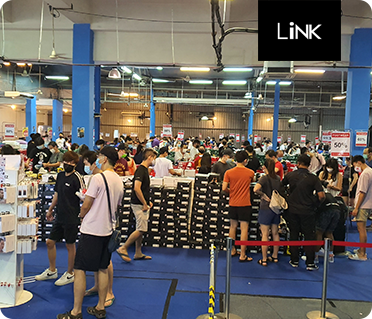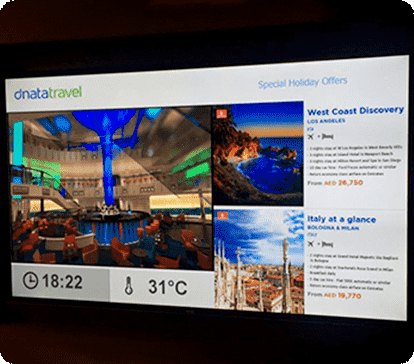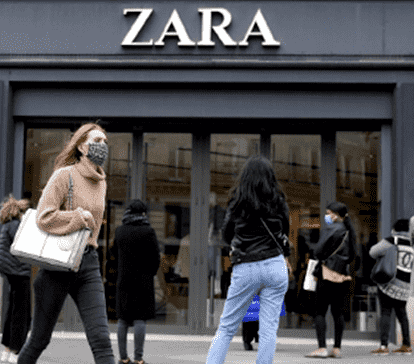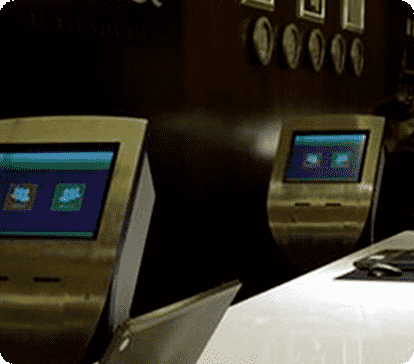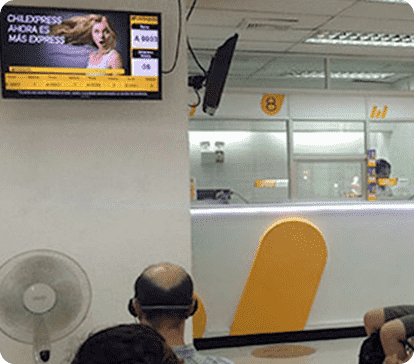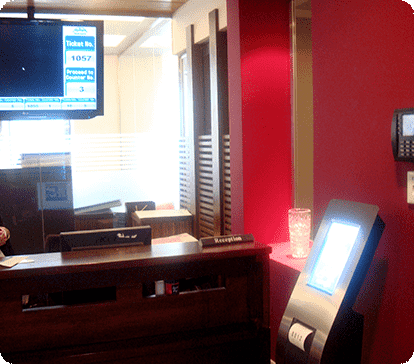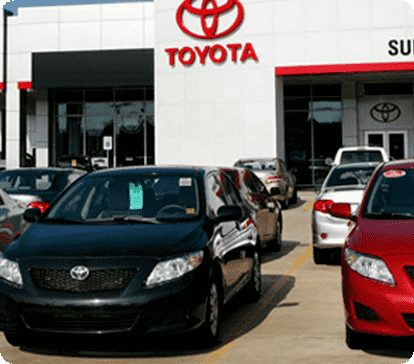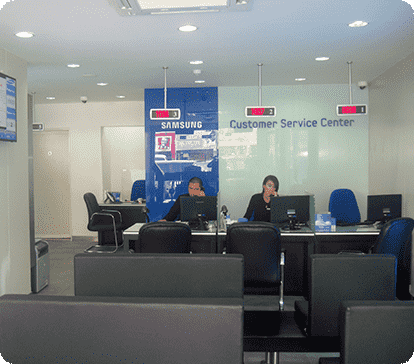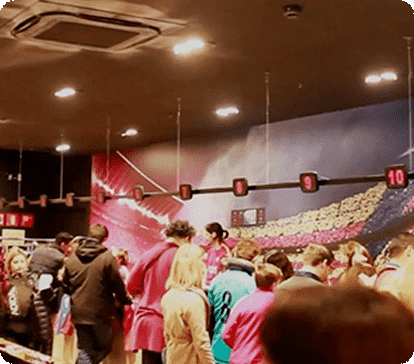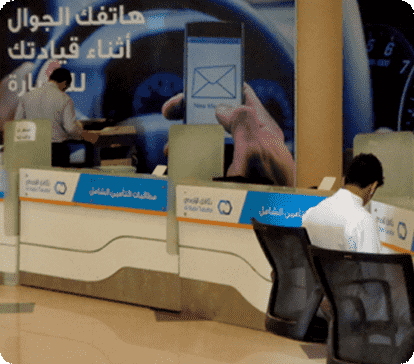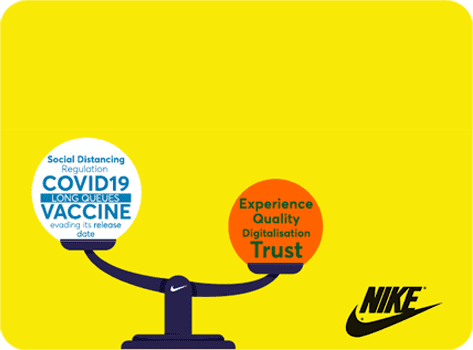
Goddess of victory in an age of mass consumerism, with a unwelcome twist
Nike is synonymous with quality sportswear, footwear and accessories – a household name that has earned its checks by providing for the entire family and then some! They are an American multinational corporation with three very specific and sustainable goals: creating a wealthy planet, active communities and equality. And their secret weapon? Sports.
Pre-Covid hopes
Nike has risen to dizzying heights of success through innovation and forward thinking – take their gamble with Air Jordans, and their most recent attempt at a digital transformation. The latter has been undoubtedly catalysed by the pandemic, rallying all business, big and small, to this call to action. They have already been successful in creating a digital ecosystem, but this still accounts for a mere 30% of their total sales, with hopes to push this up to 50%.
Covid inconveniences
Having seen 90% of their physical stores in North America, Europe and parts of Asia shutter down for two months, Donahoe and his team rallied around the concept of small format stores. These will be digitally enabled, and the love child of consumer demand and effective data utilisation, as they hope to take information collected from Nike Live stores to better inform product inventory in the 150-200 locations they envision for the launch of such.
Plans to expand and adapt are encouraged in the age of the pandemic, if not expected prior to it as well. And though online sales were up by 79% during the months of lockdown, it is clear that reduced footfall in physical stores is having an adverse impact on the fiscal health of the company – with sales down by 4% in the first half of this fiscal year, after having seen a 9% increase the year before.
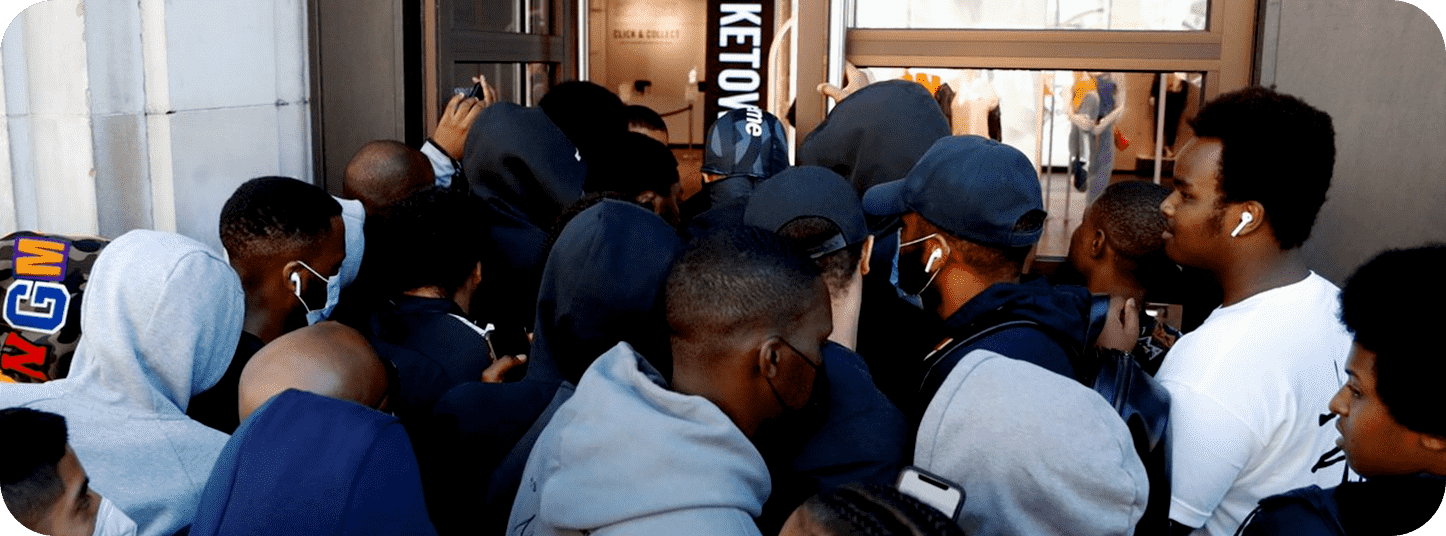
The reopening of Nike stores in London is already posing a visible social distancing violation – is it all worth it?
It is a fact that physical stores and the footfall traffic they generate are instrumental to the fiscal projections of the company. And despite their business goals of digitisation, it is paramount to optimise utilisation of currently present resources.
The glaring problems that these stores face are few but crippling. Government regulations regarding social distancing and occupancy limits have resulted in longer and longer queues. This in turn lowers overall sales, sours the customer’s experience and leads to congestion in often small spaces, thereby robbing them of the security of safe retail therapy.
Meanwhile, quarantine anxieties, time spent at home and the other viral bug, self-improvement and the productivity hype, have led to a burgeoning interest in ‘home workouts’. The search term itself saw an unprecedented surge in March, at the peak of quarantine restlessness. Sales of the equipment to facilitate this, have also risen. Demand is behaving much like energy, as it remains relatively constant but moves between means and methods and acquisition.
An adroit solution
There is clearly enough disposable income and interest in these products as online sales have risen exponentially.
The problem is in the experience of shopping in person and the long wait times to be expected. And while digitization is a tangible pipe dream, it is a matter of present survival to adopt safe customer queuing systems!
Simply, a set of QR code standees and staff deployed nearby in masks and protective wear to assist customers through the adapting pains is all that is needed.
Deployment of these solutions at a Nike store
A WhatsApp integrated queuing system allows for customers to scan the QR code provided, and proceed to a chat window – while for others, there exists an option to text a number. They will input a branch code, and be issued an e-ticket.
This marks their place in the queue, guaranteeing that this will be secure as they wait elsewhere.
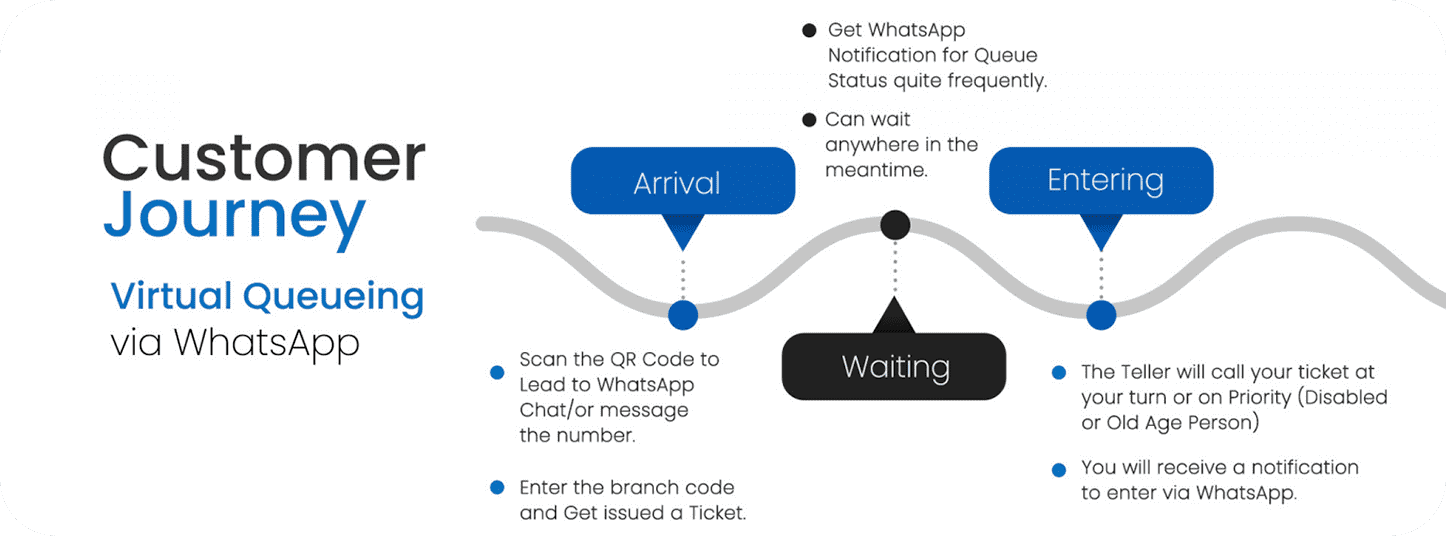
Updates on queue status, and other notifications will keep them informed about the situation, as they wait in the comfort of their cars, window shop, eat or even run other errands. Starting with 20 tickets, to 15 to 10 and so on, notifications make potential customers aware of how much longer till they can be served.
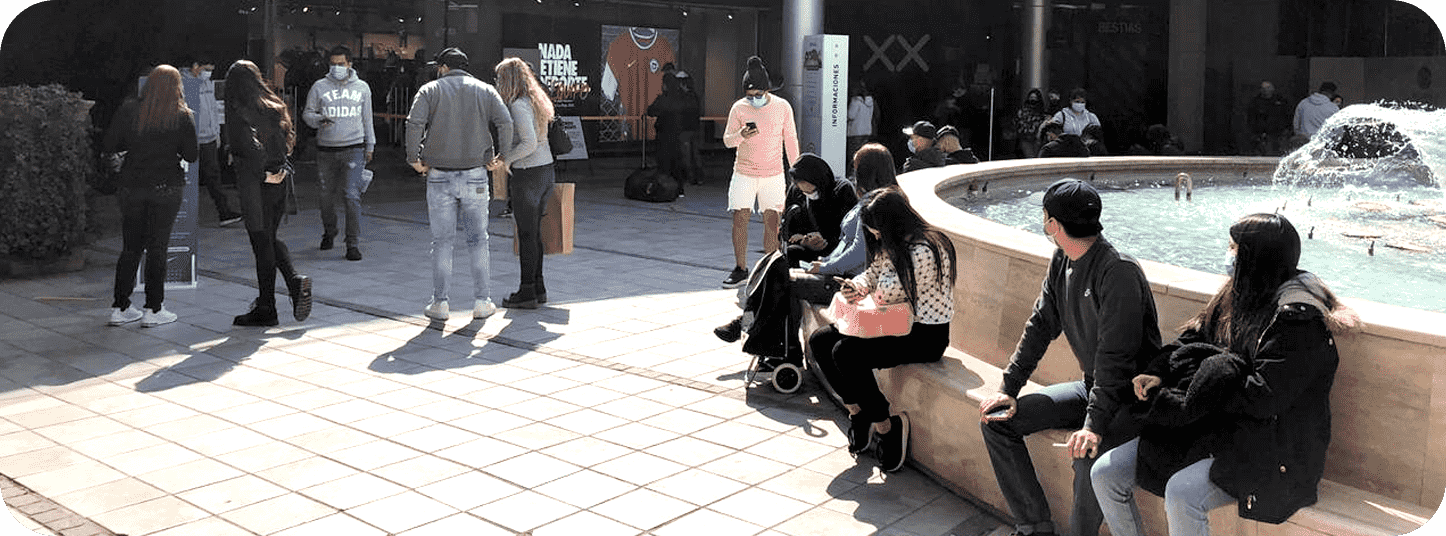
When their turn arrives, the teller will call their number and they will receive a notification. This system also supports priority waiting, for disabled or elderly customers.
To better understand and find out more about WhatsApp queueing, read How WhatsApp queueing works



